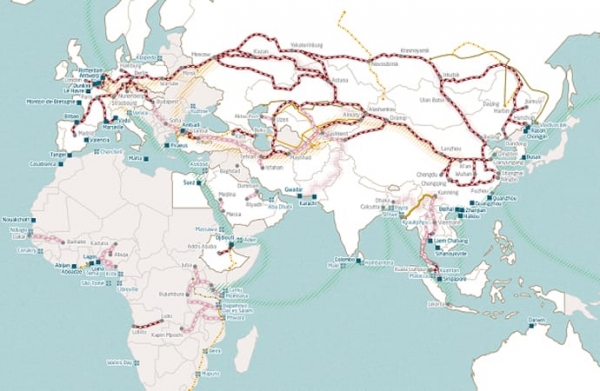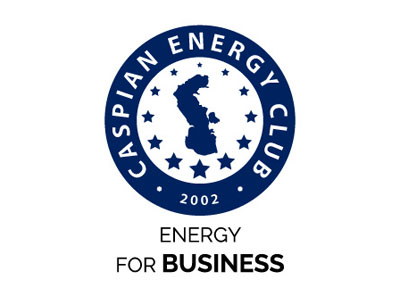EU-the Caspian-China
On January 1, 2021, commercial operations began on the 546-mile Trans-Adriatic Pipeline (TAP) – the last segment of the Southern Gas Corridor (SGC). The first natural gas volumes reached the end point of the pipeline in Italy. For now, this is a small capacity system (up to 16 billion cubic meters) for the whole Europe.
It is also not comparable in length, for example, to the Russian-Chinese WestEast gas pipeline which is 8,704 kilometers long, but SGC is irreplaceable in terms of its importance, necessity and timeliness for meeting energy needs of the Europeans, just like the West-East is for 500 million Chinese. The West-East gas pipeline includes one main line and 8 regional branches which today transport natural gas from Central Asia up to Shanghai in Eastern China, the city of Guangzhou and Siangan SAR in Southern China. The pipeline, worth a total of 142.2 billion yuan (about $22.57 billion), runs through 15 provincial-level regions and operates for the benefit of about 500 million people.
The Southern Gas Corridor infrastructure crosses seven countries and passes through more than 3,218 km, connecting Shah Deniz field in the Caspian Sea with European households. There are more than a dozen energy companies involved in the supply chain, and it consists of several separate projects. It was sanctioned seven years ago and is largely underpinned by 25-year gas sales agreements signed with European distributors.
TAP transports natural gas from huge Shah Deniz gas condensate field which is managed by BP plc on the shelf of Azerbaijan. To understand the scale of the field, noteworthy is that Shah Deniz is the company’s second largest discovery in terms of recoverable reserves after Prudhoe Bay field in Alaska. TAP connects to the TransAnatolian Pipeline at the Turkish-Greek border and crosses Greece, Albania, and the Adriatic Sea before coming ashore in southern Italy.
Eventually, TAP will supply gas to the countries of South-Eastern Europe through the proposed network interconnections. Thanks to this, Bulgaria will be able to cover up to 33% of its total natural gas demand through TAP after the completion of the gas interconnector with Greece.
Europe is the largest importer of natural gas in the world, but some parts of the continent, most notably Western Europe, are better connected energetically than others. That is why projects like the SGC are very important for the even economic development of the EU, which, in fact, is one of the main postulates and the goal of uniting the 27 countries. Given the proximity of the Central Asian market and China, SGC’s linking role, along with all the complementary functions, with the Chinese market is also possible. Thus, “One Belt-One Road” can turn, with a subtle motion of the hand, into “One Belt with many gas routes” which kick in an interchangeable manner whenever the network requires it.
TEN-E
This is why the 5th meeting of the TEN-E regional groups on gas will be held on June 22 and the process of determining the fth list of the European “Projects of Common Interest” (PCI) will continue. Meetings will be held with the participation of members of regional groups to discuss the results of the PCI evaluation methodology and the ranking of candidate projects. In 2019, projects involving the transportation of Azerbaijani gas to Europe were already included into the fourth PCI list: these are the Greece-Bulgaria interconnector (IGB), a phased increase of cluster capacity in the Bulgaria - Romania - Hungary - Austria corridor, the Trans-Caspian Gas Pipeline (TCP), the “Future Expansion of the South Caucasus Gas Pipeline” (SCPFX) and the Trans-Adriatic Pipeline (TAP).
TAP’s current production capacity is 10 billion cubic meters per year, but the second phase of the project is expected to be launched in 2021 and increase it up to 20 billion cubic meters.
bp and Socar each own 20% in TAP, the Italian company Snam SpA owns 20%, and the Belgian operator Fluxys owns 19%. Spanish operator Enagás SA holds a 16% stake, while Swiss energy company Axpo holds a 5% stake in the system.





